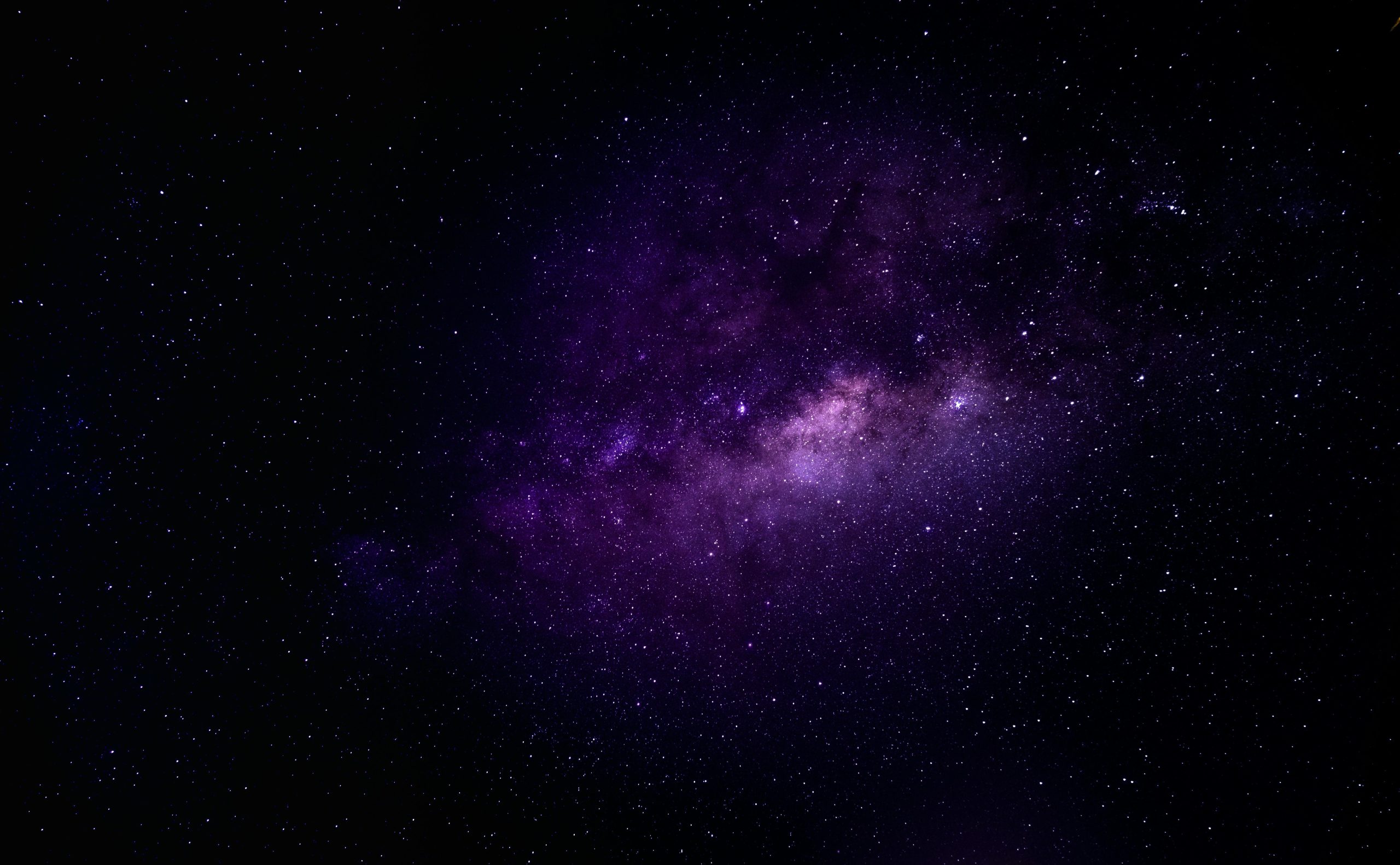The universe is vast, mysterious, and filled with wonders beyond our comprehension. Our Milky Way galaxy, with its billions of stars, planets, and cosmic phenomena, is just a tiny speck in the grand tapestry of the cosmos. But what lies beyond the edge of our galaxy? Is there an infinite void, or do other galaxies, dark matter, and unseen forces dominate the space beyond? This article delves into the mysteries of what exists beyond the Milky Way, exploring scientific theories, discoveries, and the unanswered questions that continue to intrigue astronomers and space enthusiasts alike.
The Structure of the Milky Way and Its Boundaries
Before venturing beyond our galaxy, it’s essential to understand its structure. The Milky Way is a barred spiral galaxy, approximately 100,000 light-years in diameter, with a central bulge surrounded by spiral arms. Our solar system resides in one of these arms, about 27,000 light-years from the galactic center.
The “edge” of the Milky Way isn’t a sharp boundary but rather a gradual thinning of stars, gas, and dust. Beyond the visible disk lies the galactic halo, a sparse region containing globular clusters, dark matter, and stray stars. The halo extends far beyond the disk, making the Milky Way’s true boundary difficult to define.
The Intergalactic Void: What Lies Between Galaxies?
Beyond the Milky Way’s halo lies the intergalactic medium (IGM), a vast, nearly empty space between galaxies. The IGM is not entirely empty—it contains trace amounts of gas, primarily hydrogen and helium, as well as dark matter. This sparse environment is crucial for understanding how galaxies interact and evolve.
One of the most fascinating aspects of the IGM is its role in cosmic web formation. The universe’s large-scale structure resembles a web, with galaxies clustered along filaments of dark matter. These filaments intersect at nodes, where massive galaxy clusters reside. The spaces between these filaments are cosmic voids, regions with very few galaxies.
Our Galactic Neighbors: The Local Group
The Milky Way is part of a small cluster of galaxies known as the Local Group, which includes over 50 galaxies. The most prominent members are the Andromeda Galaxy (M31), the Triangulum Galaxy (M33), and several smaller dwarf galaxies like the Large and Small Magellanic Clouds.
Andromeda, the closest spiral galaxy to the Milky Way, is on a collision course with our galaxy. In about 4.5 billion years, the two galaxies will merge, forming a new, larger galaxy. This event highlights the dynamic nature of the universe and the interactions that shape galactic evolution.
The Great Unknown: Dark Matter and Dark Energy
Beyond the visible matter in galaxies and the IGM lies the enigmatic realm of dark matter and dark energy. Dark matter, which does not emit or interact with light, makes up about 27% of the universe’s mass-energy content. Its gravitational influence binds galaxies together and shapes the cosmic web.
Dark energy, even more mysterious, constitutes about 68% of the universe and is responsible for its accelerated expansion. Beyond the edge of our galaxy, dark energy’s effects become more pronounced, driving galaxies apart at ever-increasing speeds. Understanding these invisible forces is one of the biggest challenges in modern cosmology.
The Limits of Human Exploration and Future Discoveries
Humanity’s ability to explore beyond the Milky Way is limited by the vast distances involved. Even the nearest galaxy, Andromeda, is 2.5 million light-years away—far beyond the reach of current spacecraft. However, telescopes like Hubble and the James Webb Space Telescope allow us to peer into the depths of the universe, revealing galaxies billions of light-years away.
Future missions and advancements in technology may provide new insights into what lies beyond our galaxy. Concepts like warp drives or wormholes, though speculative, could one day make intergalactic travel a reality. Until then, we rely on observations and theoretical models to unravel the mysteries of the cosmos.
In conclusion, the edge of our galaxy marks the beginning of an even grander cosmic landscape. From the sparse intergalactic medium to the enigmatic forces of dark matter and dark energy, the universe beyond the Milky Way is a realm of endless discovery. As technology advances and our understanding deepens, we continue to explore the unknown, pushing the boundaries of human knowledge and imagination.
